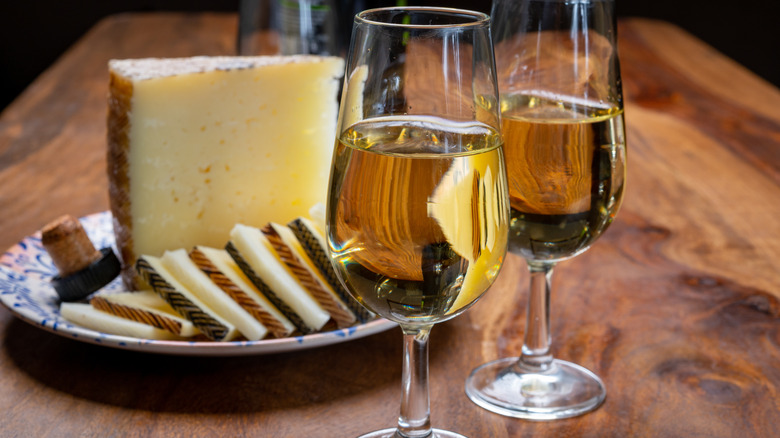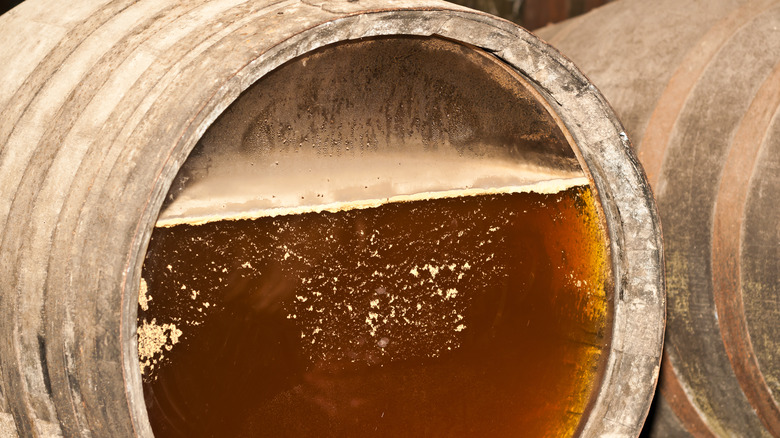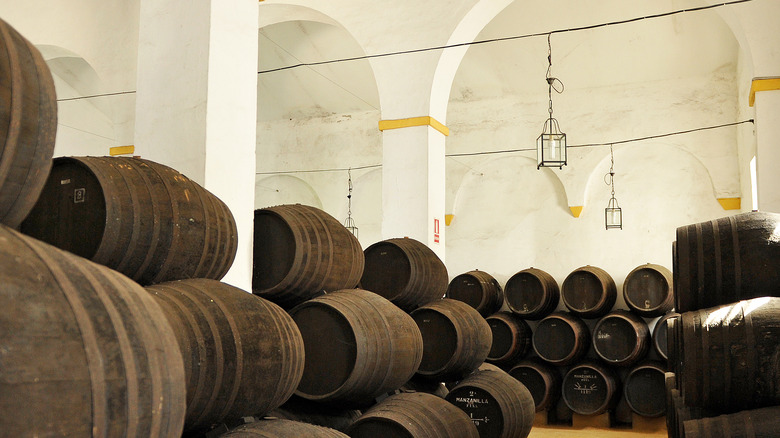How Climate Change May Impact Sherry Production
Most of the discussion about climate change and wine focuses on viticulture, or how rising temperatures and changing weather patterns affect the areas where grapes are grown. Growers may be forced to harvest earlier than expected, and they may choose new sites for planting — areas well outside of what we consider traditional grape-growing regions. For example, while in years past grapes wouldn't have gotten ripe enough in Scandinavian countries, growers have begun planting in Denmark and Sweden, with plantings planned for chilly Norway and Finland as well. The varieties of grapes planted may change to include those that thrive in warmer weather, even in very traditional areas like Bordeaux, which in 2021 saw new varieties legally approved for planting.
Wine grapes are picky; they don't like temperatures as hot as those that sweeten and ripen table grapes, but grapes aren't the only living organism required for successful winemaking. Yeast is the ravenous microorganism that devours the sugar in wine grapes and transforms it into alcohol. Most wine fermentation takes place under conditions that can be carefully monitored and controlled, like stainless steel tanks. Sherry, however, is a unique case because after fermentation, the drier styles of sherry — fino and Manzanilla — rely on a layer of yeast known as flor to protect the wine as it ages. It's this thin yet vital layer of yeast that has some researchers worried.
The flor yeast needs specific conditions in order to flourish
Sherry is made in southern Spain, where it's pretty darn hot in the summers already, with temperatures that can get up to around 104 degrees Fahrenheit. The flor that forms atop sherries is a naturally occurring strain of yeast that protects the wine from oxidation as it ages while also creating the complex flavors and aromas it's famous for. The problem is that the layer of yeast is sensitive to temperature; flor is typically thicker in the spring and fall when the weather is cooler, and thinner in the summer as temperatures rise.
The ideal conditions for flor yeast are a temperature of around 68 degrees Fahrenheit and an ambient humidity of over 65%. The current method for maintaining these conditions has been successful for over a century. Large "cathedral" warehouses, built with high ceilings and special ventilation, are able to keep both temperature and humidity in the sweet spot for the picky little flor yeast cells. The looming specter of climate change, however, complicates matters.
New research indicates that rising temperatures threaten sherry production
Decanter notes that researchers from the Universidad Politécnica de Madrid have published a study showing that temperatures in southern Spain may reach 111 degrees Fahrenheit during hot summers by 2050, and that is likely to pose a problem for these sherry producers. Of course, a winery could simply air condition a building, but the existing cathedrals are ideal for and integral to the formation and maintenance of sherry flor. In addition, they're NZEBs, or near-zero-emission buildings, and measures like active cooling would have significant environmental effects.
That's why one of the researchers involved in the study, César Porras Amores, told Decanter he's hard at work on devising solutions for the rising temperatures, hoping to have them available before they're needed. He is working with a team to create new designs for NZEBs, which will use innovative building materials and features such as blinds to both absorb the sun's radiation and promote ventilation. While some wineries, like those closer to the coast, may be able to weather the rising temperatures, others will need to adapt the way they construct their cathedrals in order to continue producing the complex, refined sherries for which southern Spain is known worldwide.


